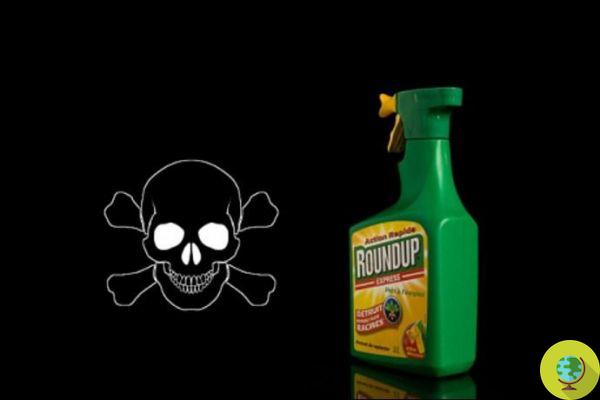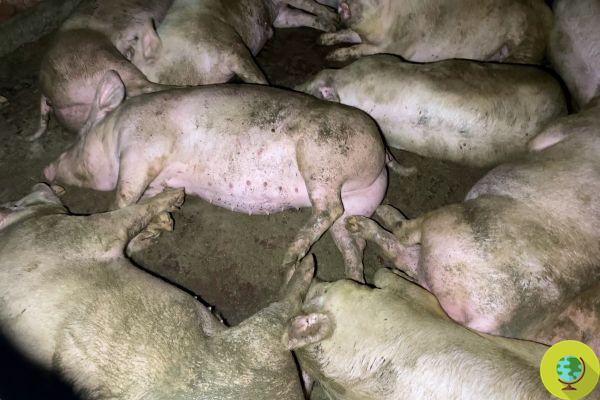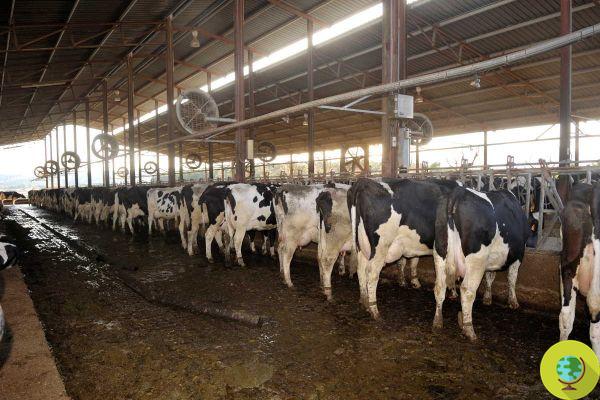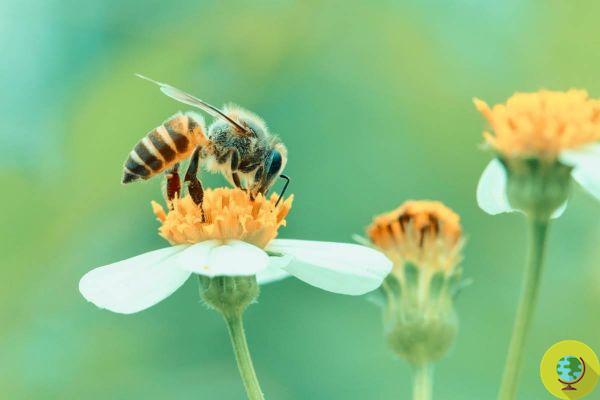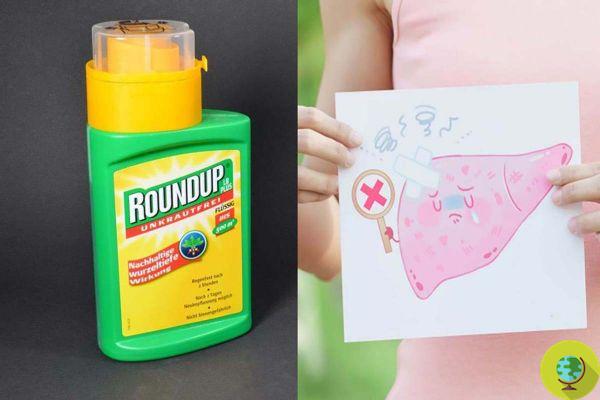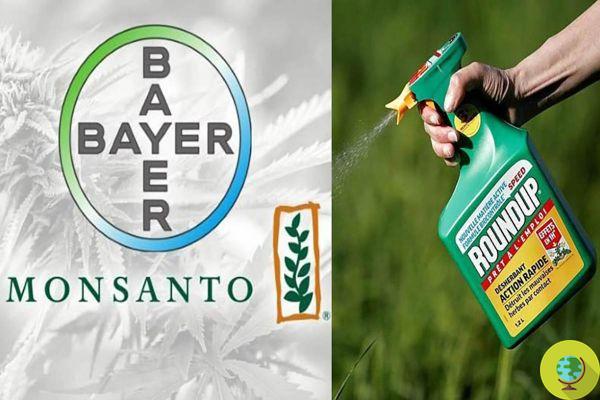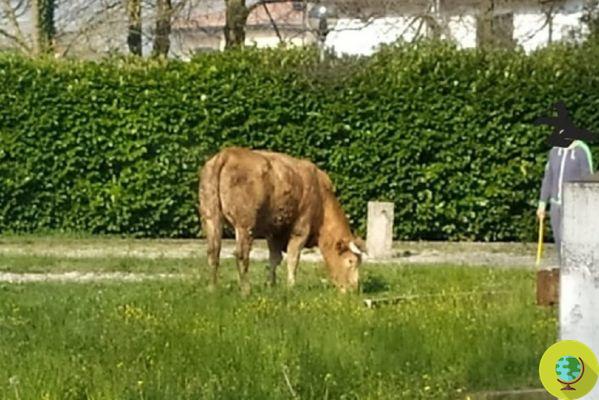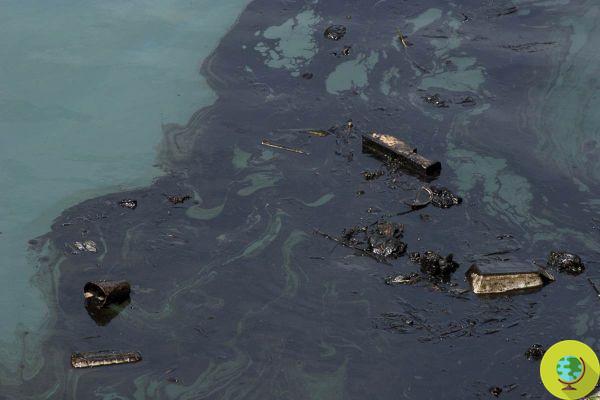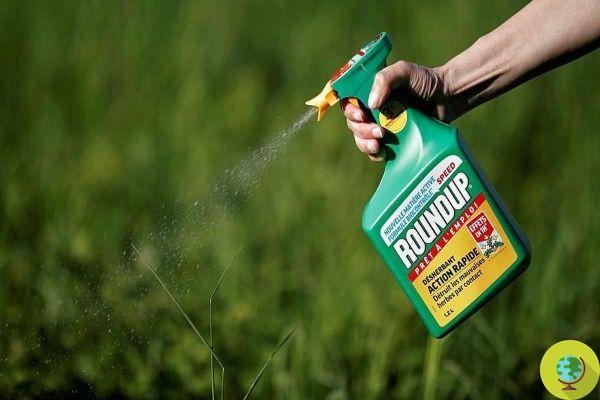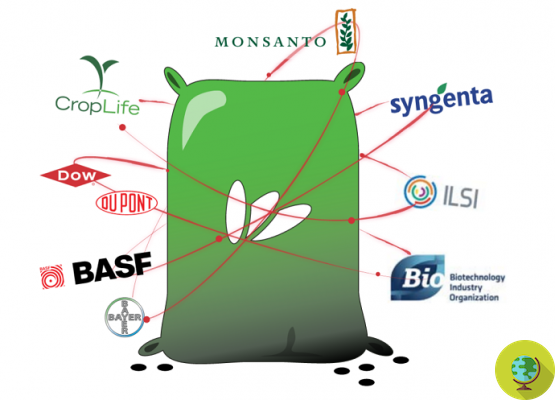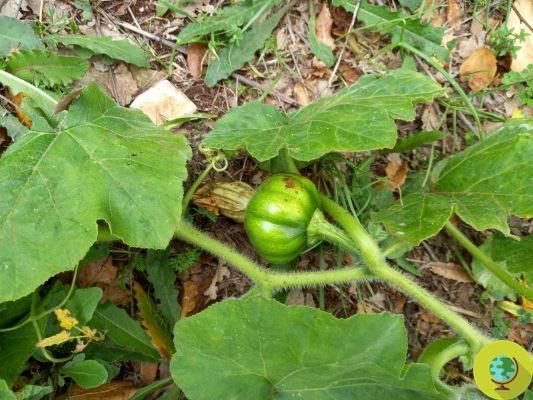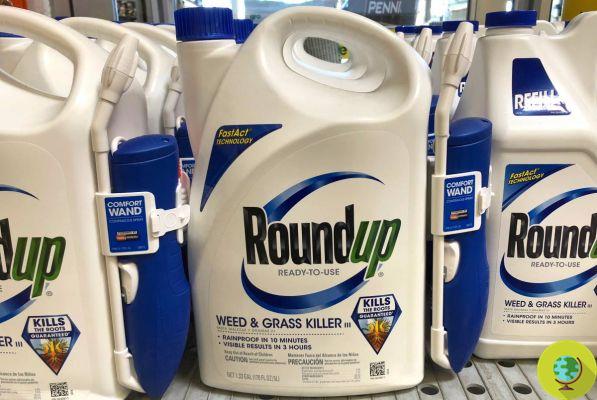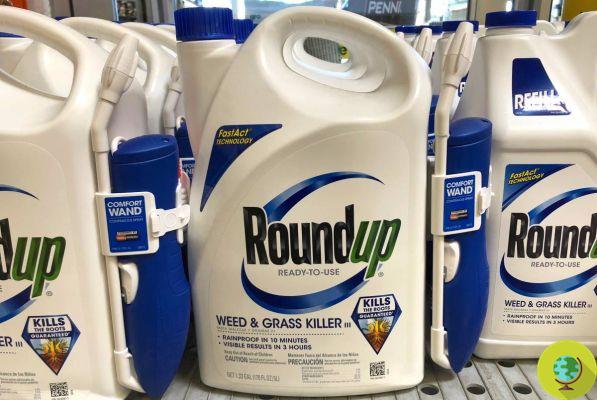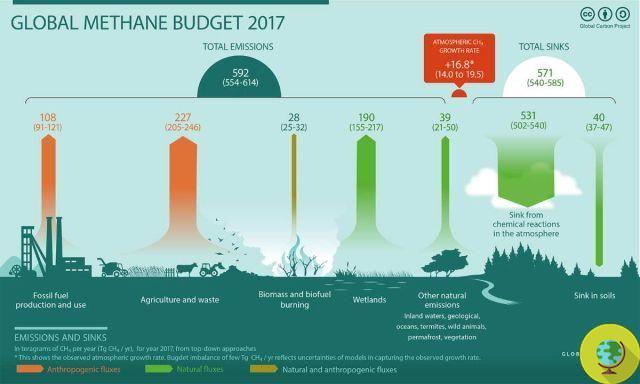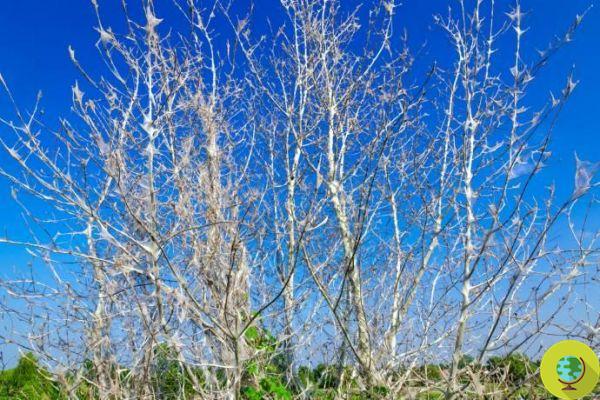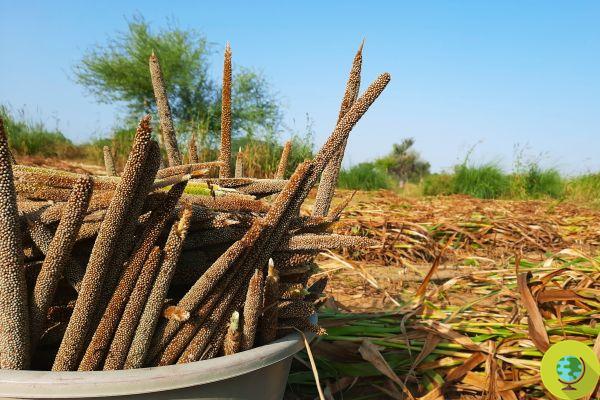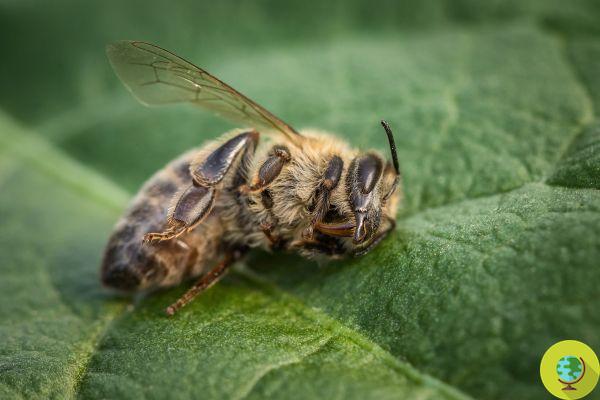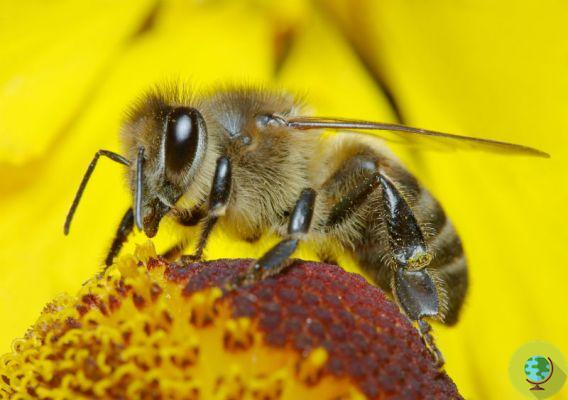
Bee die-off, neonicotinoids are among the main causes. The decline of bees risks putting international agricultural production into ever greater difficulties and altering ecosystems around the world.
He is about to end up run over, his mother saves him
Death of api, the neonicotinoids are among the main causes. The decline of bees risks putting international agricultural production into ever greater difficulties and altering ecosystems around the world.
I neonicotinoid pesticidesCommonly used in agriculture, they have long been targeted for bee decline and risks to other pollinating insects. Now a major new study has identified a correlation between neonicotinoid use and bee deaths in England and Wales. The study in question was published in the journal Nature.
Also a relationship the US Geological Survey (USGS) found the presence of neonicotinoid pesticides in more than half of river water samples in agricultural and urban areas of the United States and Puerto Rico.
The study published in Nature showed that the increasing use of neonicotinoids for the treatment of rapeseed seeds in England and Wales between 2000 and 2010 it was related to a higher bee mortality rate.
The study was carried out on a large scale and took into consideration an agricultural area that expanded from around 300 to 600 hectares over an 11-year period. In this period of time, the number of rapeseed seeds treated with the pesticide “imidacloprid” has risen from 1% to over 75%.
In this area, experts monitored the presence of 126220 bee colonies. Among them, 10725 colonies met death, with a percentage corresponding to 8,5%. The researchers confirmed that the increase in the use of neonicotinoid pesticides in this area is linked to the increase in bee deaths.
The study published in Nature extends the set of scientific documents that they highlighted la danger of neonicotinoid insecticides for bees and pollinators. The researchers are willing to make new insights into this matter. While Europe has put in place a two-year partial ban on neonicotinoids since 2013, the UK this year has allowed to reintroduce the use of two neonicotinoids for 120 days for their application on 5% of the fields. rapeseed in England.
While there are some restrictions in place in Europe, in the United States, neonicotinoids are widely used and their presence in river waters has aroused the concern of researchers of theUSGS who conducted the first large-scale national investigation into the problem.
The study, conducted from 2011 to 2014, covered 24 US states and Puerto Rico. At least one of the six neonicotinoids considered by the experts was detected in more than half of the river water samples taken. Last June Obama announced the birth of Pollinator Health Task Force, which acknowledged the severe losses associated with worker bees, the monarch butterfly and other pollinating insects. But the unrestricted use of neonicotinoid pesticides is certainly not helping to improve the situation. And Europe would also need stricter rules.
Imidicloprid was detected in 37% of the samples, clothianidin in 24%, thiamethoxam in 21%, dinotefuran in 13%, acetamiprid in 3% and thiacloprid was not detected. In the United States the situation of bees becomes more and more worrying, but also in Europe it is urgent to take new measures.
Marta Albè
Photo source: Shutterstock
Read also:
NEONICOTINOIDS: BEES AND BOMBS ATTRACTED BY KILLER PESTICIDES AS IF THEY WERE DRUG
BEE DEATH: EFSA CONFIRMS THE DANGER OF NEONICOTINOID PESTICIDES
NEONICOTINOID PESTICIDES: SIGN THE PETITION TO SAVE BEES




